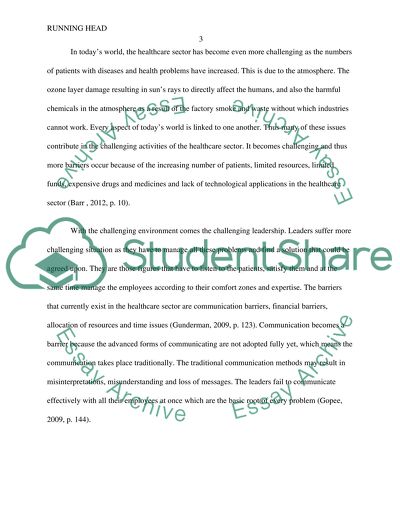Cite this document
(“Drawing upon the critical analysis of the leadership approaches , Essay”, n.d.)
Drawing upon the critical analysis of the leadership approaches , Essay. Retrieved from https://studentshare.org/health-sciences-medicine/1483431-drawing-upon-the-critical-analysis-of-the
Drawing upon the critical analysis of the leadership approaches , Essay. Retrieved from https://studentshare.org/health-sciences-medicine/1483431-drawing-upon-the-critical-analysis-of-the
(Drawing Upon the Critical Analysis of the Leadership Approaches , Essay)
Drawing Upon the Critical Analysis of the Leadership Approaches , Essay. https://studentshare.org/health-sciences-medicine/1483431-drawing-upon-the-critical-analysis-of-the.
Drawing Upon the Critical Analysis of the Leadership Approaches , Essay. https://studentshare.org/health-sciences-medicine/1483431-drawing-upon-the-critical-analysis-of-the.
“Drawing Upon the Critical Analysis of the Leadership Approaches , Essay”, n.d. https://studentshare.org/health-sciences-medicine/1483431-drawing-upon-the-critical-analysis-of-the.


